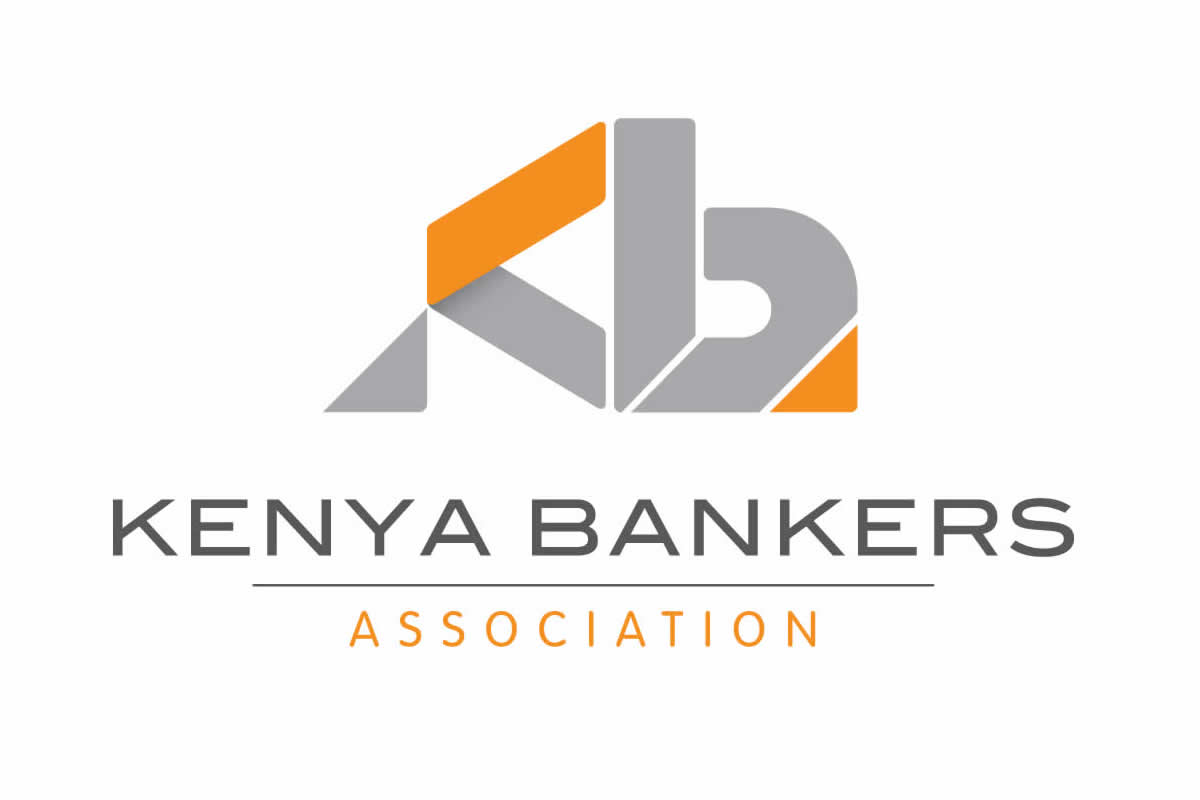- Growth In House Prices Continued To Ease, Reflecting A Steady Market Correction Path, Slowdown In Economic Activity And Weakened Households Purchasing Power.
- Apartments Continued To Dominate Housing Transactions In 2021 As Demand For Bungalows Contracted.
Nairobi 18th June 2022 -Increase in house prices slowed down in 2021 from a strong uptick recorded during the last quarter of 2020. Data from the Kenya Bankers Association Housing Price Index (KBA-HPI) Report indicates that house prices on average went down by 1.82 percent in the first quarter of 2021, overturning the marginal recovery of 0.22 percent recorded in the fourth quarter of 2020.
The Report attributes the decline to a general price correction trend as well as slow economic growth and weakened households’ purchasing power. In the second quarter, the prices softened by 1.62 percent, 3.70 percent in the third quarter and 3.99 percent in the fourth quarter of 2021.
Kenya Bankers Association Research and Policy Director Dr. Samuel Tiriongo noted that the sharp drop in prices in 2021 reflected subdued investments that limited the rollout of new supply amidst easing demand.
“The broader construction and real estate sector manifested declines in the growth trajectory in the fourth quarter of 2021, growing by 6.0 percent during the quarter down from 6.7 percent growth in the third quarter. Over the same period, real estate sector activities expanded by 5.7 percent in the fourth quarter compared to 7.1 percent in the third quarter,” said Dr. Tiriongo.
Housing transactions in the lower market segment, and particularly apartments, dominated during the year, to account for over 58 percent of all transactions. However, the demand for bungalows continued to wane, contracting by half in the last quarter of the year and accounting for 13.3 percent of all transactions. The share of Maisonettes, however, rebounded to 29.2 percent in the fourth quarter, from 22.2 percent in the third quarter. Townhouses, which have been characterized by dormancy since the first quarter of 2021, registered some resurgence.
Note to Editors:
The KBA Housing Price Index (KBA-HPI) provides a guide to policymakers and investors on the trends in the housing sector. The banking industry’s umbrella body, the KBA, launched the KBA-HPI in February 2015. The Index has quickly been recognized as a credible analytical tool that is useful for tracking housing sector dynamics and price movements. The KBA-HPI follows the Laspeyers Index method where the Index is computed from the ratio of the estimated current quarter price to the price of the preceding quarter – weighted by their respective mean values. For the dummy (categorical) variables, however, their weights reflect the proportions of the number of houses possessing a certain attribute to the total number of houses.
The KBA-HPI regions are based on clustered price ranges across several counties as follows:
Region 1: Athi River, Mlolongo, Mavoko, Nakuru, Ngong, Ruaka, Syokimau, Embakasi, Kahawa Wendani, Thika, Mtwapa, Utange, Kitengela, Kiembeni, Nyeri, Likoni, Eldoret, Ruiru, Kilifi,Thika road (Kasarani, Roysambu, Ruaraka), Meru, Bungoma.
Region 2: Thindigua (Kiambu Road), Kiambu, South B, South C, Kabete, Komarock, Imara Daima, Membley, Buruburu, Rongai, Waiyaki Way (Uthiru, Regen, Kinoo, Kikuyu), Mbagathi road, Ngong Road, Langata
Region 3: Kileleshwa, Kilimani, Lavington, Westlands, Spring Valley, Riverside, Milimani (Kisumu), Milimani (Nakuru), Runda, Karen, Garden Estate, Parklands, Ridgeways, Muthaiga, Loresho, Kitisuru, Adams Arcade, Nyali, Mountain View, Nyari.


